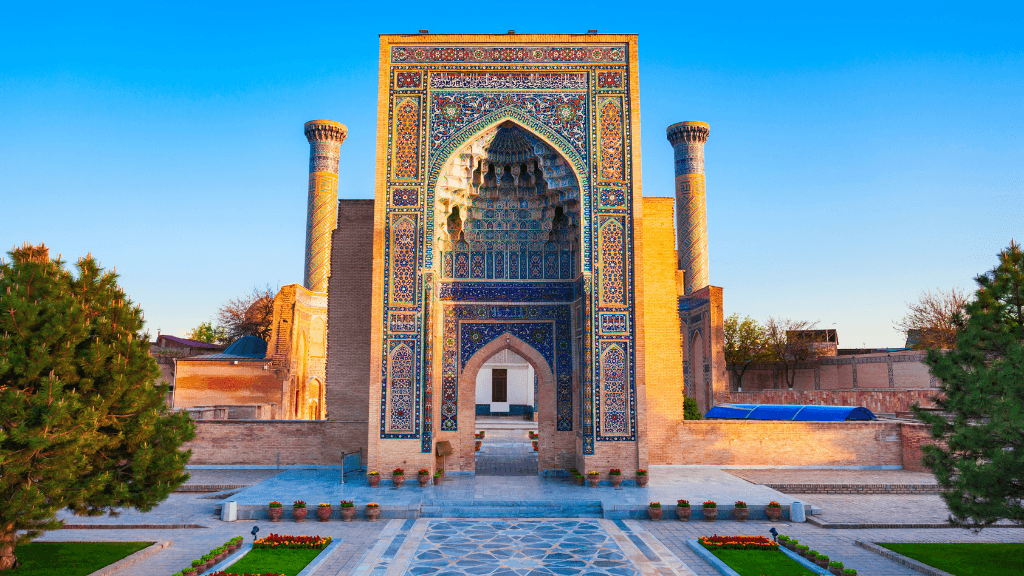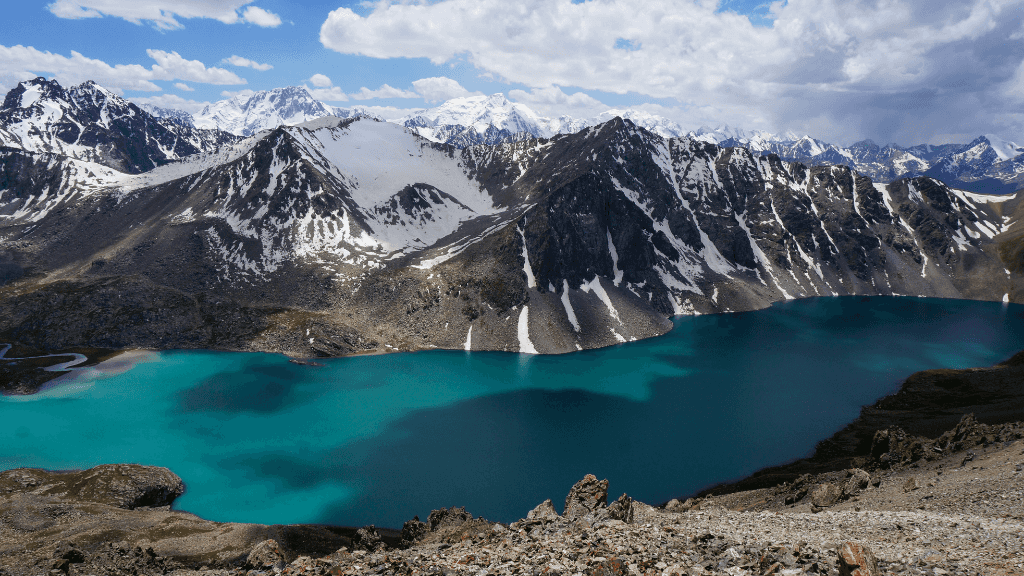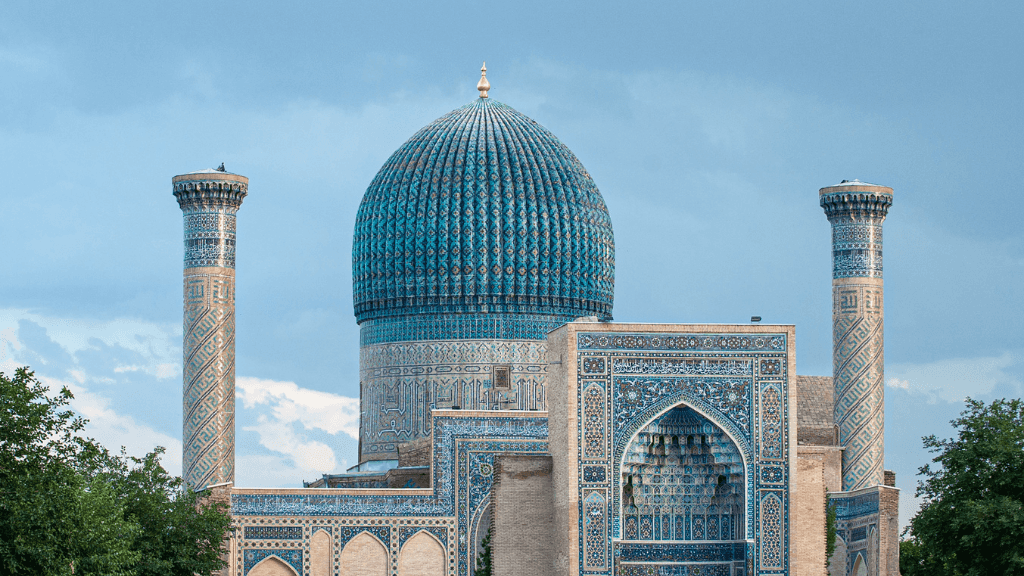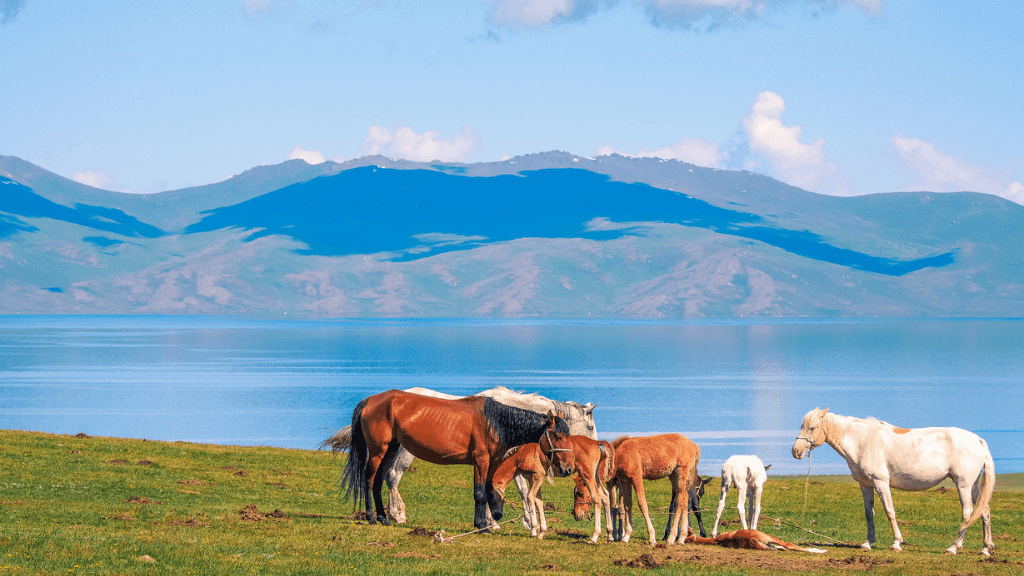What luggage works best?
Go soft duffel or backpack (50–70 L) plus a 20–30 L daypack. Hard suitcases survive, but they’re awkward on station stairs, hostel corridors and border posts.
Are the hikes guided? Do I need special gear?
Yes, you’ll be led by your CEO/guide (and local specialists where useful). No special gear required beyond comfy broken-in shoes, a daypack, sun protection and 1–2 L water capacity. Trekking poles are optional.
What’s included for meals—and can dietary needs be managed?
11 breakfasts, 2 lunches, 2 dinners are included. The rest is your call—perfect for plov missions and street-side samsa. Most dietary preferences can be managed with notice; options thin out in smaller mountain areas, so bring favourite snacks.
Is the tap water safe?
Assume bottled/treated water only. Bring a reusable bottle plus purification (tabs/filter) if you prefer to cut plastic.
What weather should I expect?
Apr–Oct is the sweet spot. Cities can be hot (summer highs into the 30s °C); mountains stay cooler and changeable. Evenings at altitude can be crisp—layer up.
Do I need visas?
Multiple border crossings mean you’re responsible for visas and any multi-entry rules your passport requires. Check official guidance for Uzbekistan, Tajikistan, Kazakhstan and Kyrgyzstan before booking; allow time at borders.
Money: cash or card?
Both. ATMs are common in big cities; card acceptance is growing in Uzbekistan and solid in Kazakhstan. Rural Tajikistan and parts of Kyrgyzstan can be cash-first—carry some USD/EUR to exchange.
Connectivity—will my phone work?
Coverage is good in cities/towns, patchier in the mountains. Local SIMs are easy to buy; eSIM options exist in several places. Download offline maps.
Power & plugs?
Type C/F, 220V/50Hz across the route. A universal adaptor keeps life simple.
Is travel insurance required?
Yes—proof of travel insurance is required to join the trip.
What about tips?
Tipping is customary for guides/drivers. Bring small local cash; your CEO will advise sensible amounts.
Any cultural etiquette I should know?
Dress modestly in mosques/holy sites (shoulders/knees covered; scarf for women if required). Always ask before photographing people. Avoid shooting borders, military/police facilities or sensitive infrastructure.
Solo traveller—okay to join alone?
Absolutely. It’s a social, small-group format with mixed rooming; you’ll be paired by gender and part of the crew from day one.
Last-day flights—when should I book?
Plan evening departures from Bishkek on Day 15 to allow for the Taraz border crossing and any delays.
Altitude concerns?
Hike days are alpine, not high-altitude (roughly 1,600–2,400 m). Most travellers feel fine—sun/UV and weather shifts are the bigger factors. Hydrate and layer.
What’s the 200% Counter-Impact?
For this listing, 200% of the estimated CO₂e is funded towards landscape restoration—twice what the trip is estimated to generate. See the Impact page for the method overview.















































